Building your very own recording studio at home is nothing short of a giant undertaking. After all, there isn’t a room out there that can’t be repurposed into something special, and with enough creativity, hard work and know-how, your home recording studio will be up and running in no time.
Consequently, here’s how to quickly create your own home recording studio.
Choose the Biggest Room
An obvious place to begin, but essential all the same. While you might sound at your best singing in smaller, confined spaces (i.e. the shower), the rules of the recording room are different. You need to choose the biggest room to accommodate all the things you’ll be moving in there. If the room is small and overstuffed, you’ll risk knocking things over or even potentially creating trip hazards.
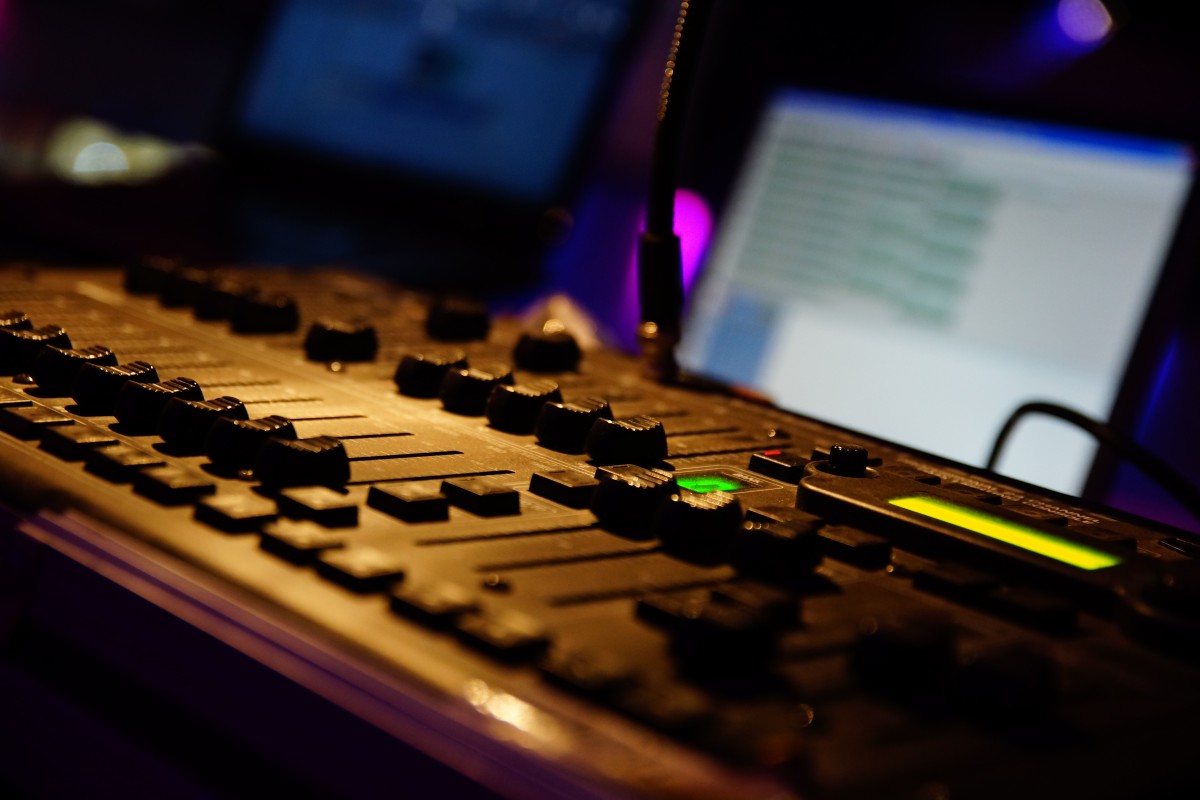
After all, in this room you’ll be storing and using all your equipment and instruments, alongside making space for other people in case you want to work with others, such as engineers or supporting artists, on your projects. Remember, you’ll need microphones and their stands, speakers, computers, a mixing station, headphones, XLR cables and even things like chairs to sit on and desks for storage and work. Much of the more intricate gear you’ll need can be obtained from RS Components, helping you bring the place together. Consequently, securing yourself the most spacious area possible is a great place to begin.
Hard Floors
When converting a home room into a recording studio, every remnant of the home space needs to be disposed of. Nothing should be in there that screams ‘domestic space’, and that includes the carpets. If you keep the carpets and move all your gear in, you’ll quickly find that all the equipment being moved around will quickly ruin, rip and tear your carpet, leaving you in a mess with lots of expensive equipment on top of it all.
Before anything is moved in, remove the carpets and replace them with some wooden or concrete flooring in instead. It might seem like a mundane addition to this list, but it’s practical, as it’ll accommodate all your equipment and enable it all to be moved around effortlessly with far less fuss. Carpets also negatively affect the acoustics, so go for something hard and fast that will complement the work and busyness of the room.
Acoustic Treatment
Now it’s time to add that acoustic kind of sound that the smaller spaces afford you. It’s called acoustic treatment, and it allows you to manipulate the sound in certain places regardless of the size of the rooms, and even makes instruments and voicework seem sharper. In the end, acoustic treatment makes everything you hear sound crisper and more refined.
Acoustic panels go a long way in achieving that effect, as they absorb the sound reflections and eliminate the reverb in the room. They’re black and made of foam and can be attached to just about anything in the room but are predominantly placed on walls and sometimes doors to really box in the quality of sound produced. Consequently, this should make all your recordings sound clearer and, ultimately, more professional too.
Disclosure: We might earn commission from qualifying purchases. The commission help keep the rest of my content free, so thank you!
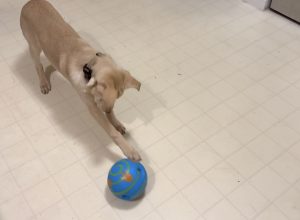
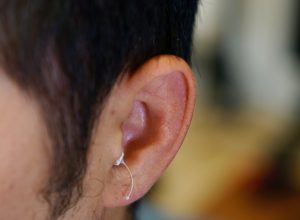
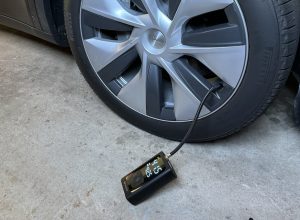
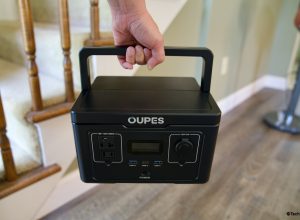
Andy says
Okay…as a tremendous audio nerd, I have additions to what you’ve said here that I think might help my fellow reader:
1. How Will You use It? – This is a super important question. If you are just recording a podcast in the space, then that will greatly alter the way you design, fabricate, and utilize the space. For instance, if you want to record a NPR type radio vocal, you’ll want a very tight audio booth space around the vocal mic with lots of acoustical treatment to make sure there is very little reverb/ambient room noise. If you want to record bands, high ceilings can often be beneficial to creating a more “live” feel to the recordings and getting bigger sounds overall.
2. Gear – This is connected deeply to how the space will be used. If you are planning only to do a podcast then you can have way less in the way of equipment. You could get away with just a laptop, a USB to analog audio interface, a decent microphone (like a Shure SM7B), a mic stand, and a comfy chair with a desk. If you are going to record a band or musical instruments, that gear list can be miles long and virtually endless depending on what kind of music you are hoping to record.
3. Comfort – Okay and because recording studios can often require sitting for 8hrs or more at a time…get comfy, yo. If you try to sit on a piano bench for 8hrs you’ll be walking like a cowboy after a cattle drive for freakin’ days. Place things in an ergonomic way so that you aren’t straining your body or eyes. You want to be absolutely comfortable so that you don’t get the physical fatigue you normally would.
In long/short – Your studio space setup and design is highly specific to your intentions for it. Find an audio nerd friend like me or just become one yourself by pouring over articles and books before tossing money into building one. They can be a beautiful, engaging place to forge creative content but to sound “pro” takes a ton of research and know-how, unfortunately. So get your reading glasses and a warm cup of tea and dig in!